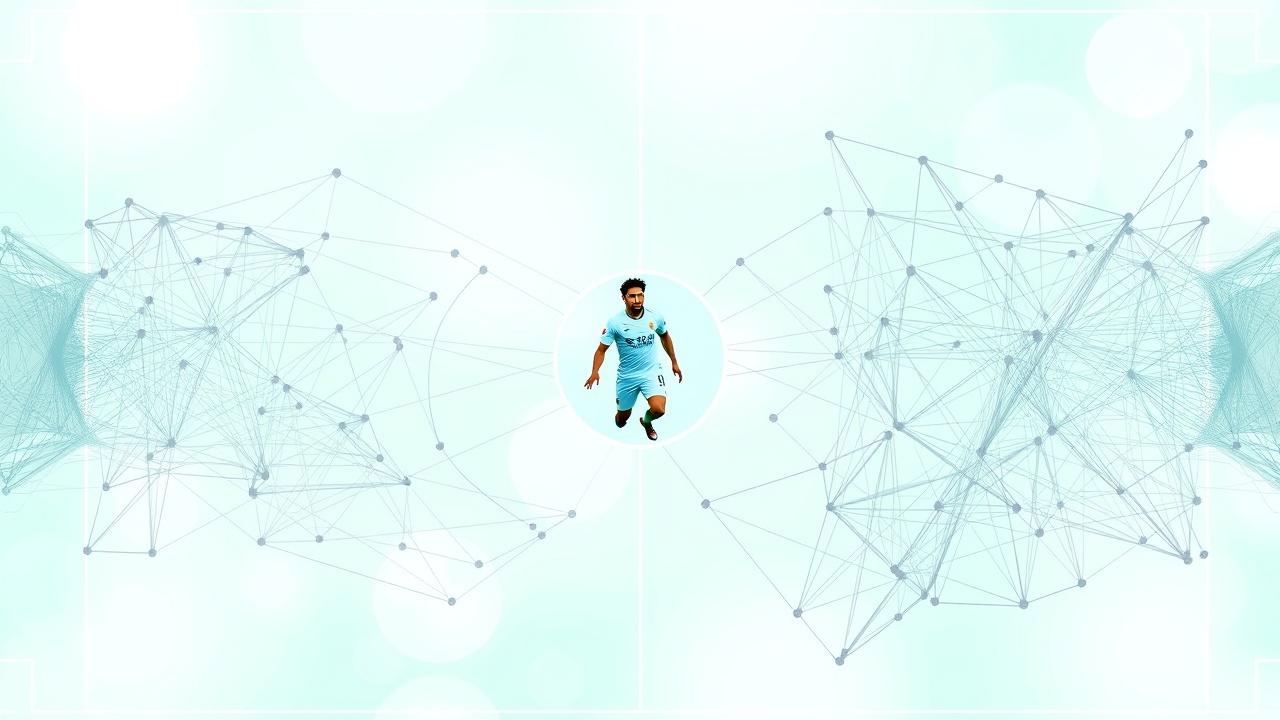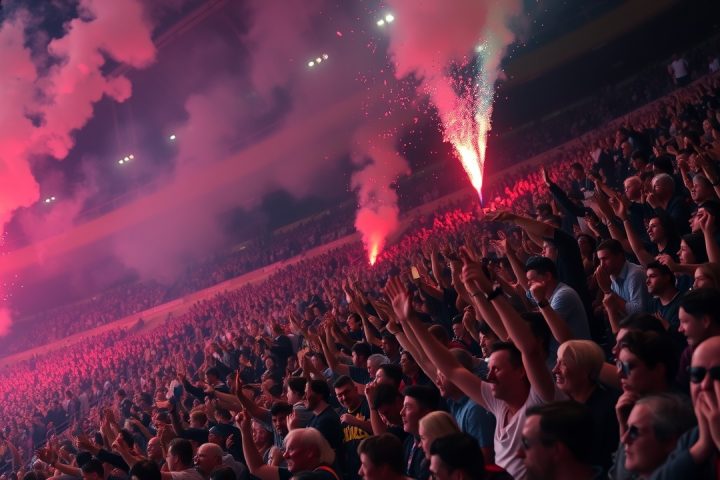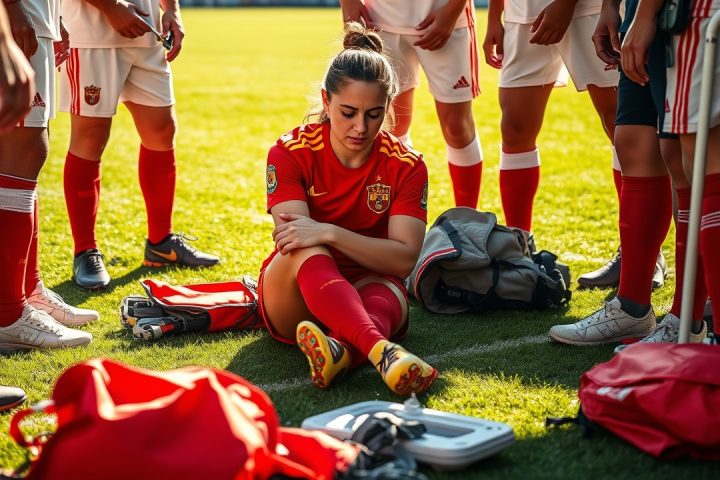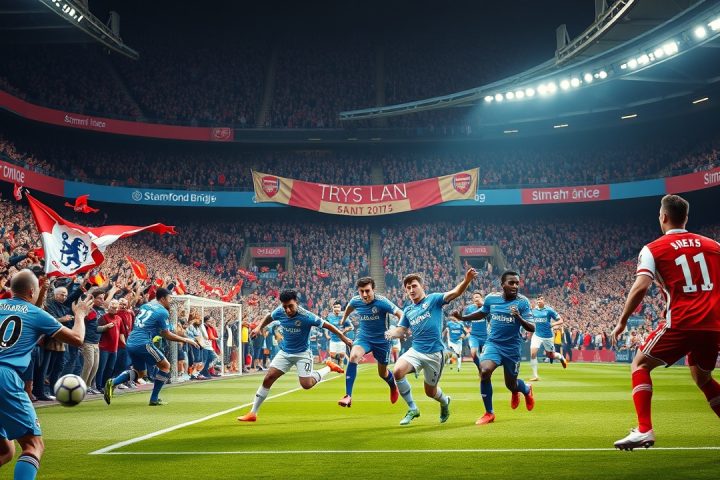Understanding Passing Dynamics in the Premier League
Understanding the passing dynamics among Premier League teams provides valuable insights into their playing styles. By examining who frequently receives the ball and how possession is distributed, distinctive trends and relationships within the squads become apparent, even early in the season after just six matches.
Arsenal’s Evolving Possession Strategy
For many teams, the predominant passing connections are often between their central defenders, which is particularly true for clubs with well-established defensive partnerships like Arsenal. The Gunners showcase this with the frequent link-up of William Saliba and Gabriel Magalhães, with Saliba leading with 54 passes to Gabriel, complemented by Gabriel passing back to Saliba 50 times. However, it’s the inclusion of new midfielder Zubimendi that stands out, indicating an evolution in Arsenal’s possession strategy.
This season, Zubimendi has introduced a more balanced approach in distributing the ball between the left and right flanks, contrasting with Arsenal’s historical tendency to favor the right through players like Bukayo Saka, Ben White, and Martin Ødegaard. Injuries on the right flank and Zubimendi’s versatility now open up greater fluidity in Arsenal’s attack. His pass distribution shows a notable 57 passes toward Saliba and Cristhian Mosquera on the right, and 48 to Gabriel on the left, alongside 45 passes to midfielder Declan Rice, reflecting a diversification in attack.
Shifts in Chelsea and Liverpool
Similar shifts can be observed at Chelsea, where injuries to pivotal players like Levi Colwill and Cole Palmer have altered the team dynamics. In this context, winger Neto has emerged as an essential outlet, receiving a significant number of forward passes that include 13 from left back Marc Cucurella and 12 from Enzo Fernández. Though he may not feature in the most common passing combinations, his ability to progress the ball forward — with leading numbers in the attacking third — emphasizes his key role in the team.
Over at Liverpool, a summer transfer splurge exceeding £450 million has not yet translated into cohesive teamwork. A disappointing 2-1 loss to Crystal Palace underscored issues that had previously been masked by late victories. Mohamed Salah, who had an impressive prior season, appeared isolated, not contributing any shots or successful dribbles during the match. Current passing patterns show Salah barely factoring into the team’s core connections, with his closest provider, Dominik Szoboszlai, showing less frequency in connecting passes compared to previous seasons.
Manchester City and United’s Tactical Approaches
Meanwhile, Manchester City experiences a contrast where, despite expectations for robust central-defender passing links, the numbers reveal fewer connections than anticipated. Rúben Dias and Josko Gvardiol show just 37 passes with each other, which is unusually low given City’s reputation. This might be attributed to the rotational nature of their defensive lineup and a conservative tactical approach observed in a match against Arsenal. Instead, wings have become crucial for ball progression, with players like Jeremy Doku receiving significant support from his teammates to make plays.
In contrast, Manchester United‘s formation under new coach Rúben Amorim has illustrated a marked reliance on left-sided playmakers, particularly the interplay involving Luke Shaw, who provides essential passing links to Bruno Fernandes and Patrick Dorgu. As Shaw has transitioned from a conventional left back to a more central role, his frequency of passes indicates his centrality in United’s strategy.
Tottenham’s Offensive Optimization
Lastly, Tottenham has made noteworthy strides in optimizing their offensive play with the addition of Kudus, whose involvement in the attacking sequences highlights a tactical shift that leans on his dynamic capabilities. His relationship with right back Pedro Porro has facilitated a high number of completed passes, showcasing how Tottenham encourages their wingers to actively participate. Ultimately, these individual narratives of player connections underscore a broader trend in how tactics evolve based on key personnel changes and injury challenges across teams in the Premier League.




